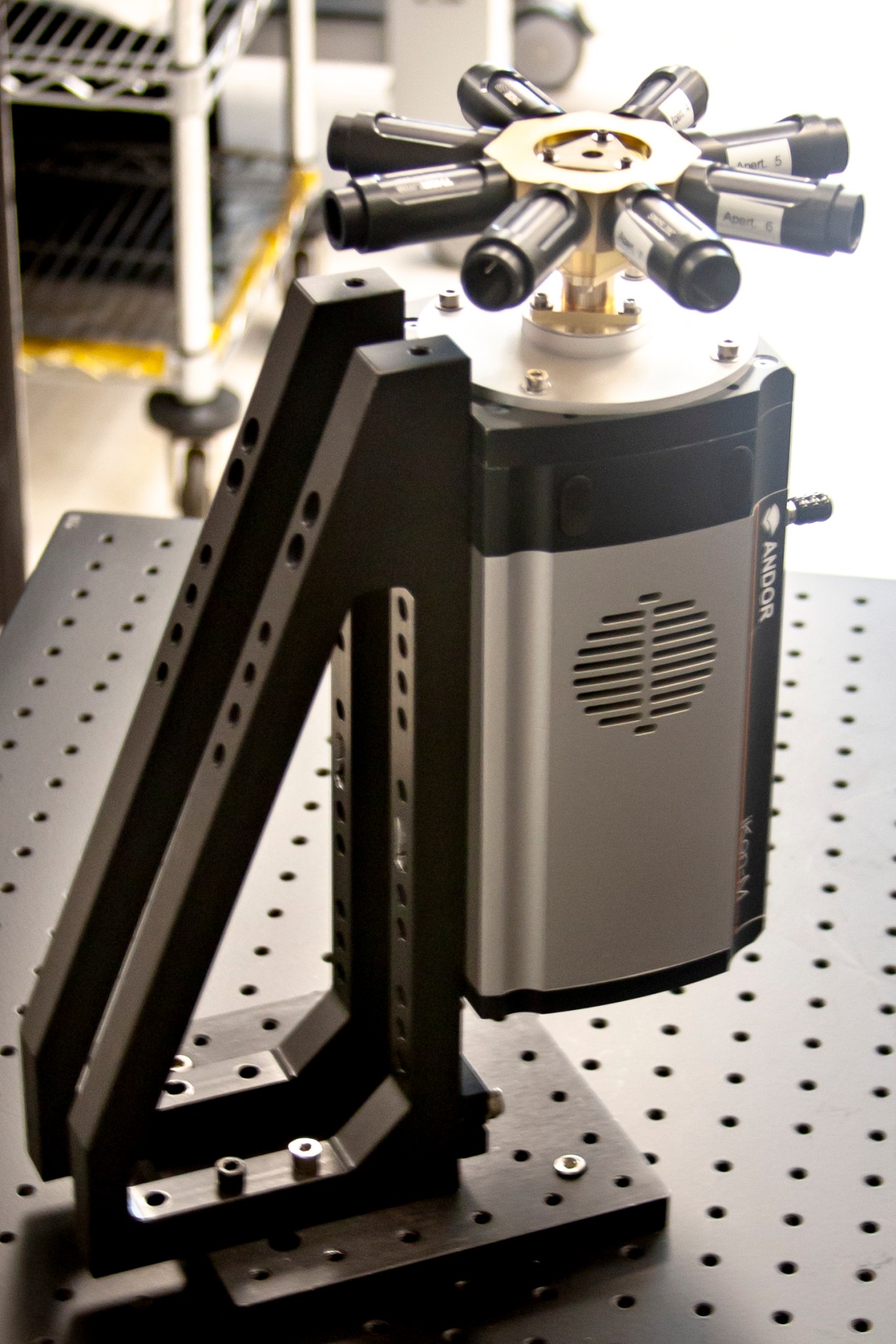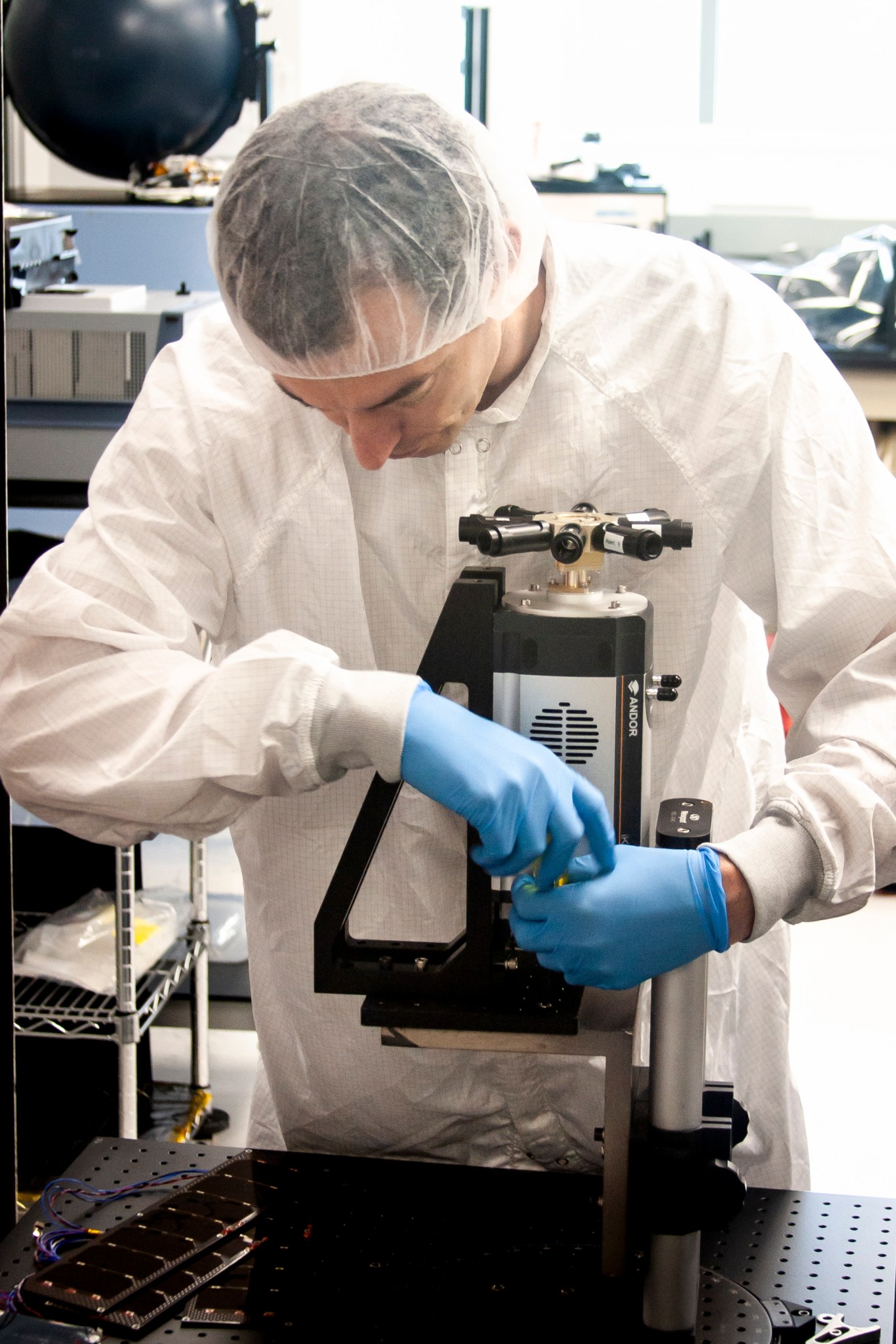A NASA team has built a miniaturized instrument that will measure more comprehensively than existing instruments the specks of naturally occurring and manmade matter in the air that can adversely affect human health and the climate.
Before the instrument – the Multi-Angle Stratospheric Aerosol Radiometer (MASTAR) – is ready for primetime, however, it first will hitch a ride on a high-altitude scientific balloon to demonstrate its performance in a suborbital environment, 19 miles above Earth’s surface. A flight opportunity is still being sought.
Once MASTAR completes its testing, the team building the instrument wants to fly it aboard a constellation of small, relatively inexpensive CubeSats to gather simultaneous, multipoint measurements of those ubiquitous specks of matter, also called aerosol particles or aerosols for short, which can be found in the air over oceans, deserts, mountains, forests, ice and every ecosystem in between.
“Knowing where [aerosols are] going is important economically. Measurements from a single spot on the ground won’t give you the information you need,” said Matt DeLand, a scientist with Science Systems and Applications, Inc., who is leading the team developing MASTAR at NASA’s Goddard Space Flight Center. “Flying these instruments on multiple spacecraft would give us the global measurements we need.”

Aerosols: The Good, the Bad and the Ugly
Despite their small size, aerosols have major impacts, both bad and good, on Earth’s climate and human health.
About 90 percent of aerosols have natural origins. Volcanoes and forest fires inject huge quantities of ash and partially burned organic carbon, respectively, into the air. Once in Earth’s upper atmospheric layer, the stratosphere, these aerosols can last for months, creating problems for commercial airliners, for example, that cruise at high altitudes. Iceland’s Eyjafjallajökull volcano eruption in 2010, cost the airline industry $2.6 billion due to cancelled or rerouted flights.
The remaining 10 percent of aerosols comes from automobiles, incinerators, smelters and power plants, as well as from deforestation, overgrazing, drought and excessive irrigation. Collectively, they create the pollution and poor air quality that are particularly harmful to those with respiratory diseases.
Although aerosols can adversely affect human health and commercial enterprises at lower altitudes, they do offer a benefit at higher altitudes. They reflect sunlight back into space, essentially throwing a cooling blanket over the planet. This offsets some of the global warming caused by increasing greenhouse gases that trap heat at the surface. Given their ability to cool the planet, geoengineers have postulated injecting aerosols into the atmosphere as a way to minimize global heating.
MASTAR was inspired by the Ozone Mapping and Profiling Suite (OMPS) Limb Profiler, one of three instruments making up a suite of instruments flying on the Suomi NPP spacecraft, a joint mission between NASA and the National Oceanic and Atmospheric Administration (NOAA). Launched in 2011, Suomi NPP is the forerunner of a next-generation Earth-observing system designed to study long-term climate change.
MASTAR’s Advantages
MASTAR offers two distinct advantages over its larger next-of-kin: its multiple viewing angles, which would give scientists a more comprehensive accounting of the type and distribution of aerosols in the stratosphere as viewed along Earth’s horizon; and its small size, ideal for flying on a tiny CubeSat platform, DeLand said.
Unlike the Limb Profiler, which observes along Earth’s horizon by looking backwards behind the Suomi NPP spacecraft as it orbits Earth, MASTAR will gather measurements from eight positions, or apertures, looking forward, backwards and along the sides. The light it gathers from these eight apertures is directed via tiny lenses and a conical mirror to the instrument’s detector.
“We’re looking in multiple directions,” DeLand said. “Aerosols reflect better from some angles.”
To fulfill the goal of gathering multi-point, simultaneous measurements via CubeSats often no larger than a loaf of bread, DeLand and his team had to shrink the instrument’s size. It fits on a 3U CubeSat, which measures roughly 4 inches (10.16 cm) on a side and 1 foot (30.48 cm) in length. With additional ESTO support, the team is developing housing and cold-resistant software to operate the instrument in a near-space environment during the balloon flight.
Other Applications
DeLand believes MASTAR could eventually be used for other scientific investigations. “With a slight modification to the instrument, we could measure water vapor and other properties,” he said. “There is more than one application for this instrument.”
For more Goddard technology news, go to: https://www.nasa.gov/wp-content/uploads/2019/10/summer_2019_final_web_version.pdf?emrc=724d50
By Lori Keesey
NASA’s Goddard Space Flight Center
























